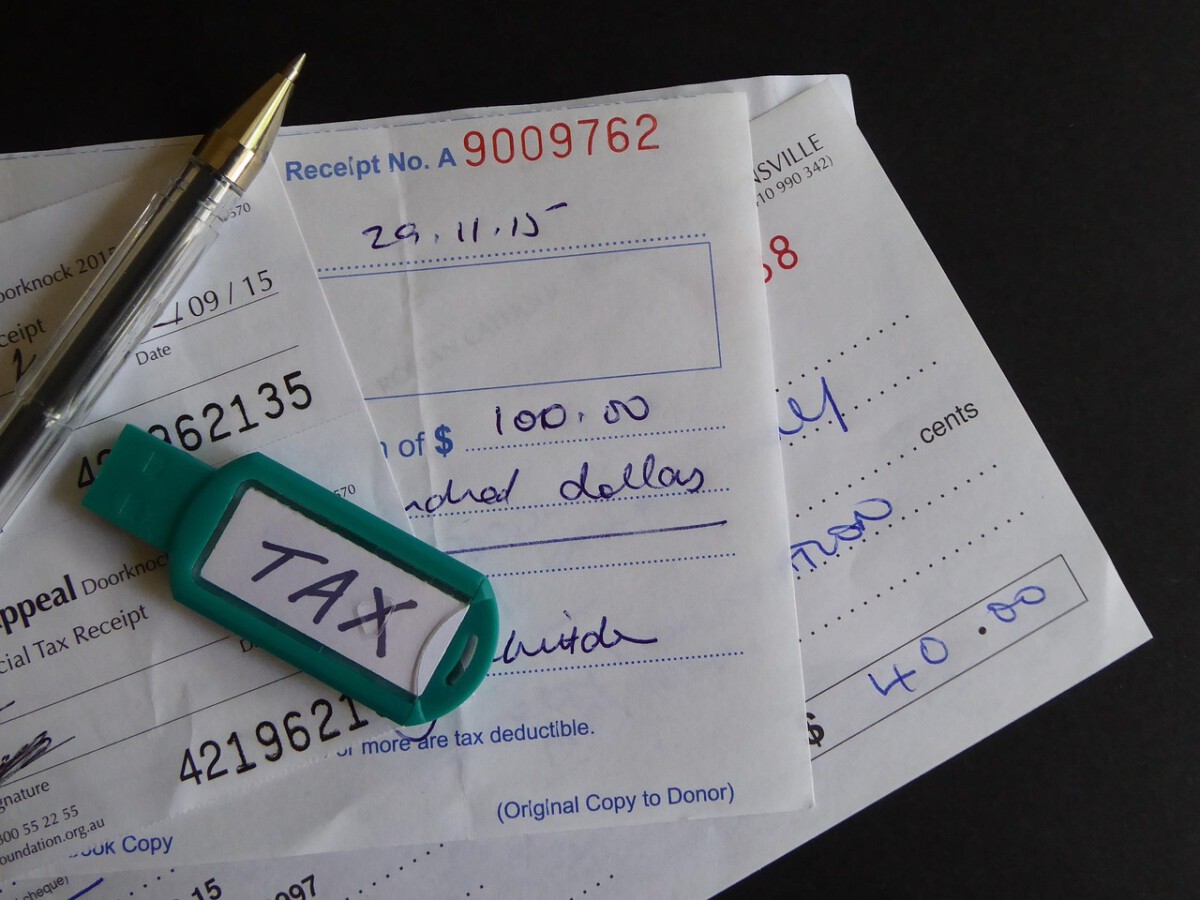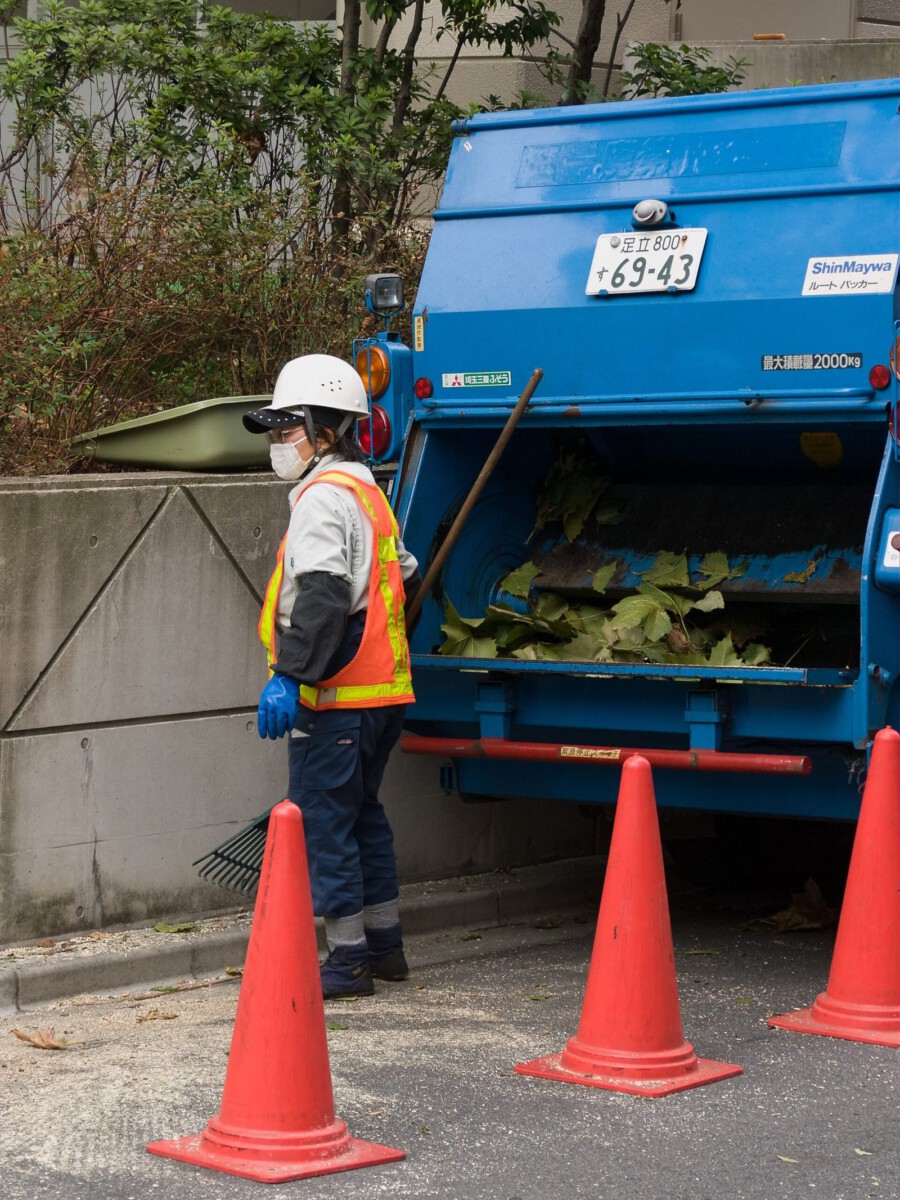
What Makes Bonus Depreciation a Game-Changer? (Image Credits: Pixabay)
Picture the relief of pouring over your business finances on a crisp fall afternoon, only to discover a tool that could wipe out a chunk of your tax burden right away.
What Makes Bonus Depreciation a Game-Changer?
Business owners often chase every possible saving, but few deductions pack the punch of bonus depreciation. This provision lets you deduct the full cost of qualifying assets in the year you buy them, instead of spreading it out over years. It’s like hitting the accelerator on your tax savings.
In 2025, thanks to recent legislation like the One Big Beautiful Bill Act, this benefit roars back to life at 100% for many assets. That means no more waiting to recoup your investment in equipment or machinery. Small businesses especially stand to gain, turning big purchases into immediate shields against taxes.
Think about it: if your effective tax rate hovers around 25%, you’re essentially getting a quarter off on those assets. No wonder savvy entrepreneurs plan their buys around this rule.
The 2025 Revival: What’s New and Why It Matters
Bonus depreciation had been phasing down, but 2025 flips the script with a full restoration. The OBBBA makes it permanent for property acquired after January 19, 2025, covering everything from computers to manufacturing gear. This isn’t just a tweak; it’s a lifeline for growing companies facing inflation and rising costs.
For sole proprietors or LLCs, this deduction flows straight to your personal return, amplifying its impact. Larger firms can pair it with Section 179 for even more flexibility. The timing feels perfect amid economic shifts, giving businesses a boost to invest without the tax sting.
Who Can Actually Use This Deduction?
Not every business qualifies, but most do if they’re structured right. C corporations, S corps, partnerships, and even sole proprietors can claim it, as long as the asset is used more than 50% for business. Nonprofits and certain real estate ventures might sit it out, though.
Your income plays a role too. While there’s no strict cap for bonus depreciation itself, tying it to overall business income helps maximize benefits. If you’re in a service-heavy field like consulting, double-check eligibility since some intangibles don’t count.
Consulting a tax pro early ensures you fit the bill, avoiding surprises come filing time.
Top Assets That Qualify for the Full Write-Off
Focus on tangible property with a recovery period of 20 years or less. That includes vehicles (with limits for passenger cars), office furniture, and heavy machinery. Even software and qualified improvement property in buildings can sneak in.
Here’s a quick rundown of common qualifiers:
- Machinery and equipment for production
- Computers, servers, and tech gadgets
- Furniture and fixtures for your workspace
- Qualified vehicles used primarily for business
- Off-the-shelf software essential to operations
- Building improvements like lighting or HVAC, if not structural
Used assets count too, as long as they’re new to you. This opens doors for budget-conscious buyers hitting auctions or resale markets.
Step-by-Step: How to Claim It on Your Return
Start by documenting your purchase: invoices, dates in service, and business-use percentage. On Form 4562, elect bonus depreciation explicitly – it’s not automatic for everything. Then, subtract the deduction from your taxable income on your main return.
For pass-through entities, it flows to owners via Schedule K-1. If you’re depreciating under MACRS normally, bonus lets you front-load the entire amount. Track state rules separately, since some don’t conform to federal changes.
Timing matters: the asset must be placed in service by year-end for 2025 benefits. Run the numbers with software or an accountant to see if it beats regular depreciation.
Pitfalls to Dodge When Going for Bonus
One big trap is assuming everything qualifies – luxury autos cap at $18,100 for the first year, even with bonus. Another: forgetting to elect out if it pushes you into a loss you can’t carry back. States varying from federal rules can create headaches too.
Overlooking related deductions, like combining with home office expenses, misses opportunities. Always keep meticulous records; audits love to probe big write-offs. A quick chat with your CPA can spot these issues before they bite.
Real-World Tips to Maximize Your Savings
Plan purchases strategically: bunch them into 2025 to hit that 100% sweet spot. If cash flow’s tight, consider financing – the deduction applies to the full cost basis anyway. Pair it with the qualified business income deduction for a one-two punch on taxes.
For example, a small manufacturer buying $50,000 in new tools could deduct it all upfront, saving thousands at a 21% corporate rate. Service businesses might snag computers or even R&E expenses revived under the new law.
Key Takeaways
- Bonus depreciation at 100% applies to most business assets acquired after January 19, 2025 – act fast to qualify.
- Document everything and elect it on Form 4562 to avoid missing out.
- Combine with other deductions like QBI or Section 179 for amplified results, but watch state conformity.
As you wrap up 2025 planning, remember this deduction isn’t just a line item – it’s a strategic edge that keeps more money in your business for growth. What assets are you eyeing to write off this year? Share your thoughts in the comments below.







